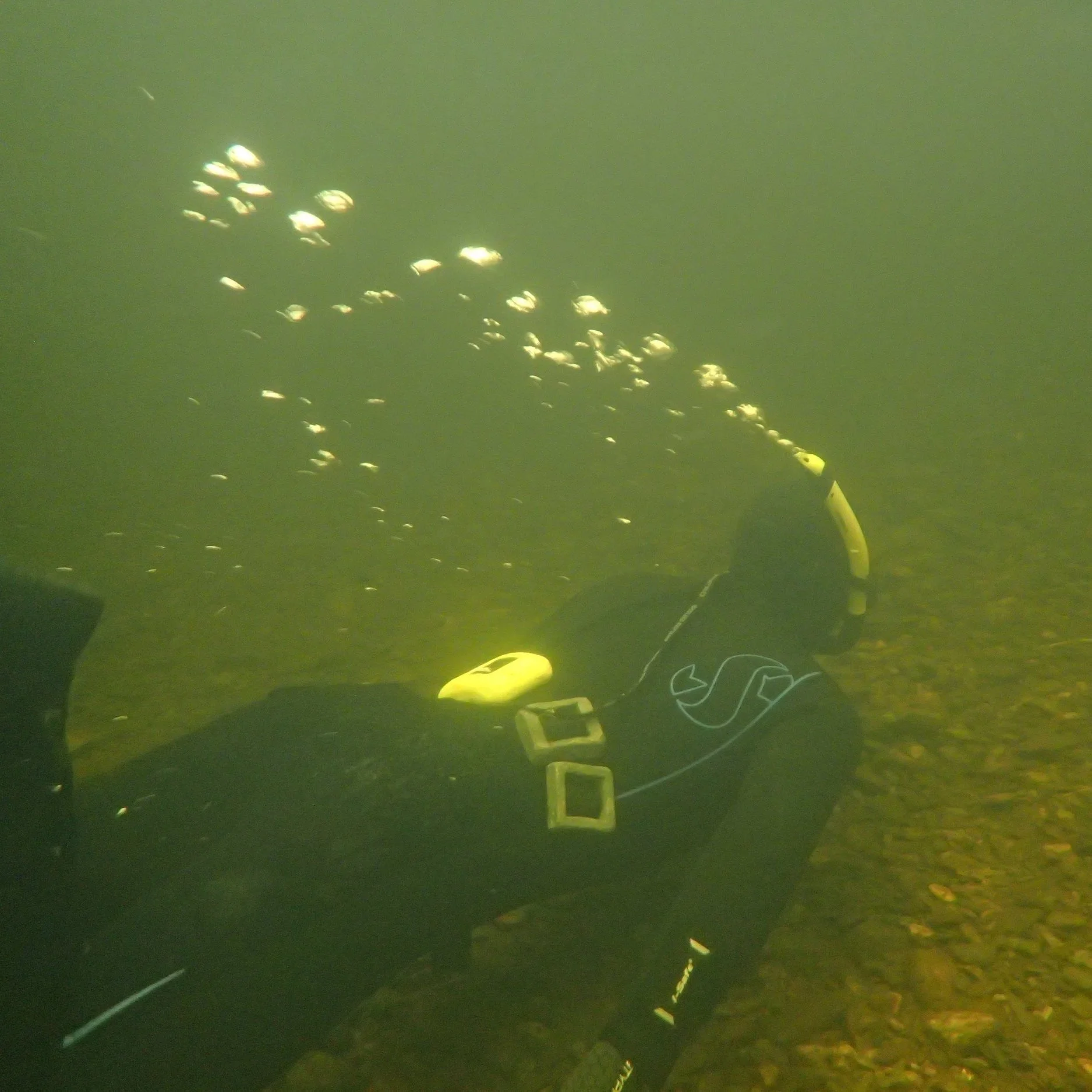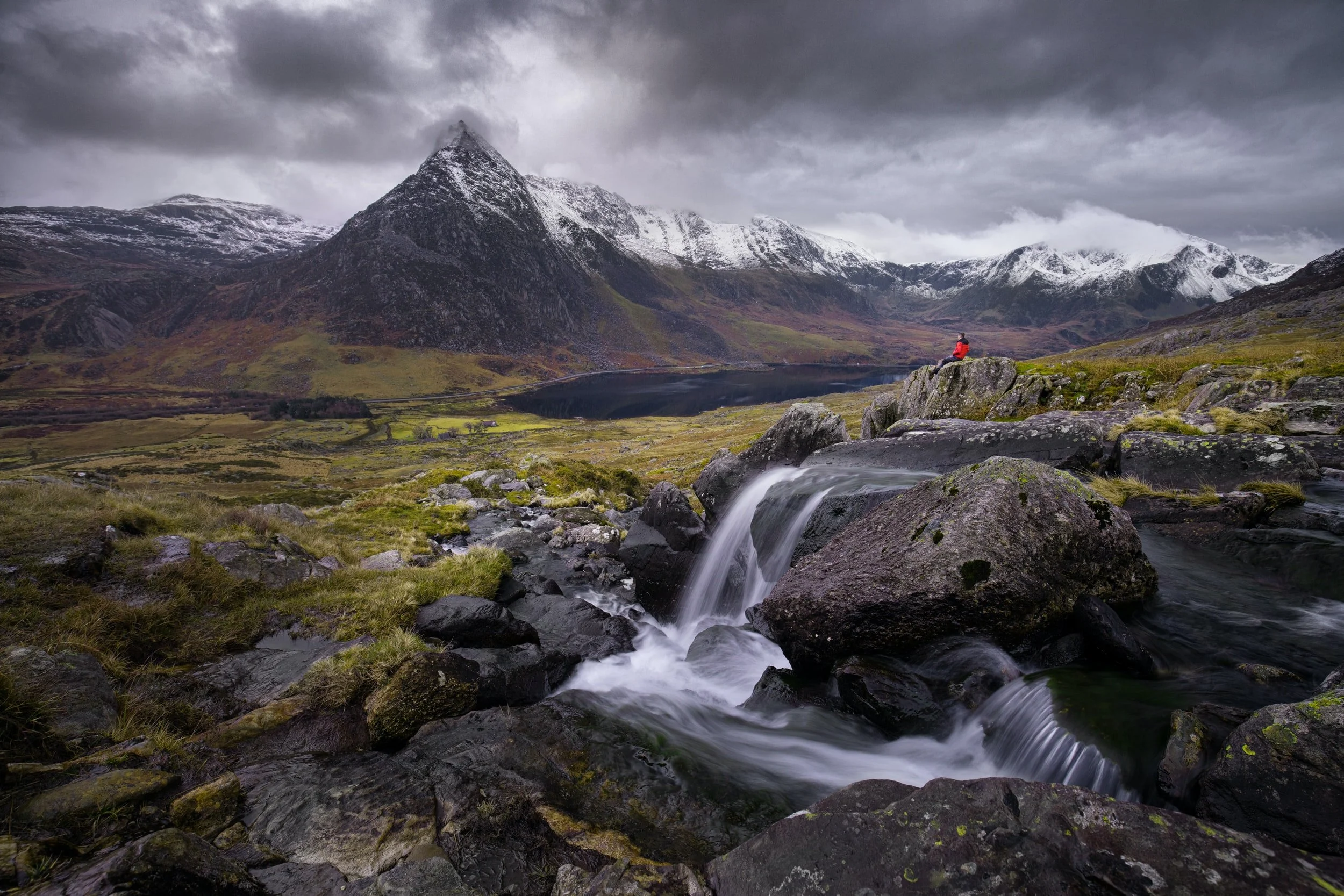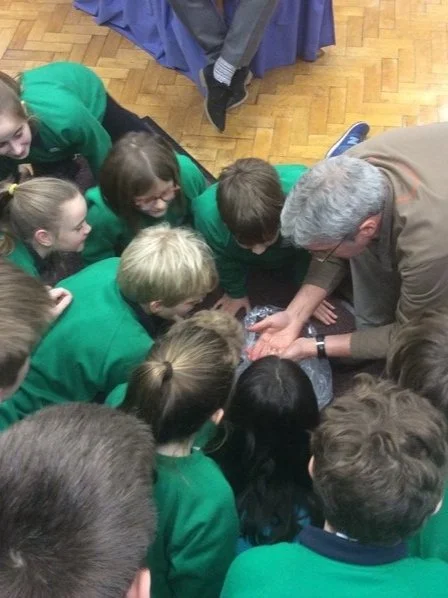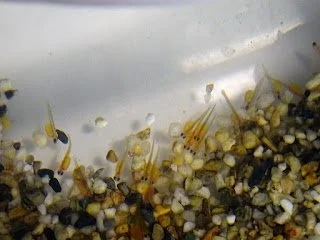
Saving The Torgogh
Conserving one of Snowdonia’s last ancient fish, the Arctic Charr.
What is an Arctic Charr?
Arctic charr in Wales, named locally as the torgoch or ‘red belly’, is an iconic wildlife species of the region. These spectacular and colourful lake dwelling fish are closely related to salmon and trout and are a fascinating relic of the last ice age. There are only three lakes in Wales with native populations of Arctic charr, and they are all located in the northern mountainous region of Snowdonia.
Unlike most other fish native to the British Isles, Arctic charr are highly effective in exploiting the deep, open waters of nutrient deplete upland lakes, and thus fulfil a unique and vital ecological role, reflected in their designation as a biodiversity priority species for the UK.
Yet despite their recognised value, populations in the British Isles are in general decline due to various anthropogenic disturbances.
On the hunt for the Torgogh
North Wales Rivers Trusts, Dr Antony Smith is a specialist in the conservation and management of rare and threatened populations of Arctic charr (Torgoch) here in North Wales. Working alongside Dwr Cymru and NRW, Antony completed several monitoring projects in Llyn Padarn to further understand the behaviours of this rare species and also to better identify and monitor the issues they face in order to flourish and survive.
Dr Antony Smith pictured heading into the depths of Llyn Padarn during winter on the hunt for spawning grounds.
History
Arctic charr populations in UK lakes are believed to have been derived from marine migratory stocks (anadromous) that dispersed at the end of the last ice age. These populations later became land locked as river courses changed and sea temperatures became unsuitable warm.
Evidence of abundant numbers of torgogh were reported to Henry V111 by poet and Author John Leland. Probably from 1534 and certainly from 1536 to 1542 he was engaged on an antiquarian tour of England and Wales.
At the conclusion of his tour of England and Wales, Leland presented to the king a plan of his proposed works, a volume later edited as The Laboryouse Journey and Serche of J. Leylande for Englandes Antiquities, Given of Hym as a Newe Yeares Gyfte to Kinge Henry the VIII(1549).
See Lelands write up of Arctic char populations below:-
BETHGELERT. 135
“Ther is but a bridge betuixt thes two.
In these 2. Pooles be redde bely fisches
caullid Thorgoughe, id est, thori aut pectoris
rtibei. There be also > of them yn Llin Tar-
thennyne, and yn Llin Boladulinne.
They be taken yn these 3.poles yn ordre, and
taken yn one not sene yn the other.”
— John Leland, 1538
Swimming on the edge of extinction
In Wales there are just three natural Arctic charr populations, Llyn Bodlyn, Llyn Padarn, and Llyn Cwellyn. Of these lakes, Llyn Cwellyn appears the most likely to offer viable long-term habitat owing to its larger volume of cool, well oxygenated refugia habitat and the absence of major and complex disturbances of the type impacting Llyn Padarn. However, worryingly, recent temporal analysis of data between 2007 and 2019 indicate a significant decline in deep water oxygen driven by an increase in nutrients entering the lake (Smith, 2022).
Monitoring Arctic Char.
During Lead project officer Antonys PhD, he successfully monitored populations of Arctic Char in Llyn Padarn with the assistance of NRW and Dwr Cymru. In this video he demonstrates his methodology.
Issues facing the Torgogh in North Wales
The Arctic charr is a sensitive cold-adapted species vulnerable to a range of anthropogenic pressures. In a review of the species conservation status, Maitland et al., (2007) highlight the following concerns:
Climate Change - Warming waters
The UK lies towards the southernmost distribution limit of the circumpolar Arctic charr, and native populations of high national conservation value occur in all four component countries. However, given the temperature requirements of this species and the already relatively mild UK climate, there is strong reason to expect a significant negative impact of climate change on local populations. Some supporting evidence has been provided by analysis of long-term monitoring data by (Winfield et al., (2010), who found a significant positive relationship between the observed rate of population decline in 11 UK lakes and vulnerability to climate change based on lake latitude, altitude, and depth.
Pollution
Most point-source pollution is discharged to running waters, usually after treatment of some kind, and so there are relatively few Arctic charr lakes in Britain which have been seriously affected by domestic or industrial pollution (though see eutrophication below). However, stocks of Arctic charr have been directly affected by pollution and the loss of this species from Ullswater is attributed to discharges from local mines. In Ireland, Loughs Leane, Keel, Conn, Caragh, Currane, Corrib, Mask, Ennel and Clare have all been affected to a greater or lesser degree by polluting discharges.
Eutrophication
The process of eutrophication (nutrient enrichment) may have both direct and indirect effects on fish populations and the latter may be particularly dramatic when combined with the introduction of alien species. Arctic charr populations are usually directly impacted through the reduction of dissolved oxygen levels in deep-water thermal refugia habitat, which itself results from the decomposition of increased algal populations produced by elevated nutrient availability. In such situations, Arctic charr can only be effectively conserved by the restoration of their habitat and Windermere provides an excellent example of how this can be done through the introduction of phosphorus stripping.
Acidification
Arctic charr have disappeared from at least two lochs in Scotland, apparently as a result of acidification. The extinction of Arctic charr in three Irish loughs has also been attributed to acidification.
One of the most characteristic effects of acidification on fish populations is the failure of recruitment of new age classes into the population. This is manifest in an altered age-structure and reduction in population size, with decreased intraspecific competition for food and increased growth or condition of survivors. To anglers, the fish stock then appears to ‘improve’ because larger fish are caught albeit in lower numbers. However, with no recruitment the population contains fewer and fewer fish until eventually there are none.
Afforestation
The impact of coniferous afforestation and forestry practice on freshwater habitats in Britain and Ireland has caused much concern in recent decades. The effects of each stage of the forestry cycle – ground preparation, tree planting to canopy closure, the maturing crop and felling – may have an impact on local fresh waters.
It seems highly likely that extensive afforestation in the catchments of Loch Grannoch, and to a lesser extent Loch Dungeon, exacerbated the acidification which had already taken place in their headwaters and caused the extinction of Arctic charr in these two waters. Land use changes may also be involved in the apparent decline of Arctic charr in Ennerdale Water. Conifer plantations near to Llyn Cwellyn are perhaps a concern for the lakes’ Arctic charr.
Engineering
It is well known that hydroelectric schemes can have deleterious effects on local fisheries. The Arctic charr population in Llyn Peris in Wales is now extinct due to the development of a pumped storage scheme. Arctic charr at neighbouring Llyn Padarn have survived but their spawning areas are greatly impacted by the power station. Water supply schemes may also have significant effects on fish populations, especially where no account is taken of local fish ecology when the engineering works are being designed. This can lead to damage to fish stocks as, for example, at Loch Lee, where substantial numbers of adult fish are washed out of the loch each year at spawning time, due to construction of a spillway near charr spawning grounds. Water abstraction for drinking water may cause spawning areas to dry out, resulting in egg mortality.
Introduction of alien species
The deliberate or accidental introduction of new fish species is considered to pose one of the most insidious threats to fish conservation around the world and specifically in Britain and Ireland, where new fish species may act as predators, competitors or environmental degraders. The fish communities of water bodies containing Arctic charr in Britain and Ireland are particularly at risk from this threat because they are relatively species-poor and often have pools of potential invader species in close geographical proximity. The roach is one such species which has increased in distribution greatly in recent years as a result of live-baiting practices, with resulting concerns over potential competitive effects on native planktivorous fish species including Arctic charr. This problem is considered to be of such magnitude in England that the use of live bait has recently been banned in 14 lakes of high conservation value, including all those which contain native populations of Arctic charr. In Ireland, the extinction of Arctic charr in Lough Corrib was closely associated with the rapidly expanding and recently introduced roach population. Perch is also increasingly appearing in Arctic charr lakes, including at Llyn Padarn, and are potential predators of juveniles.
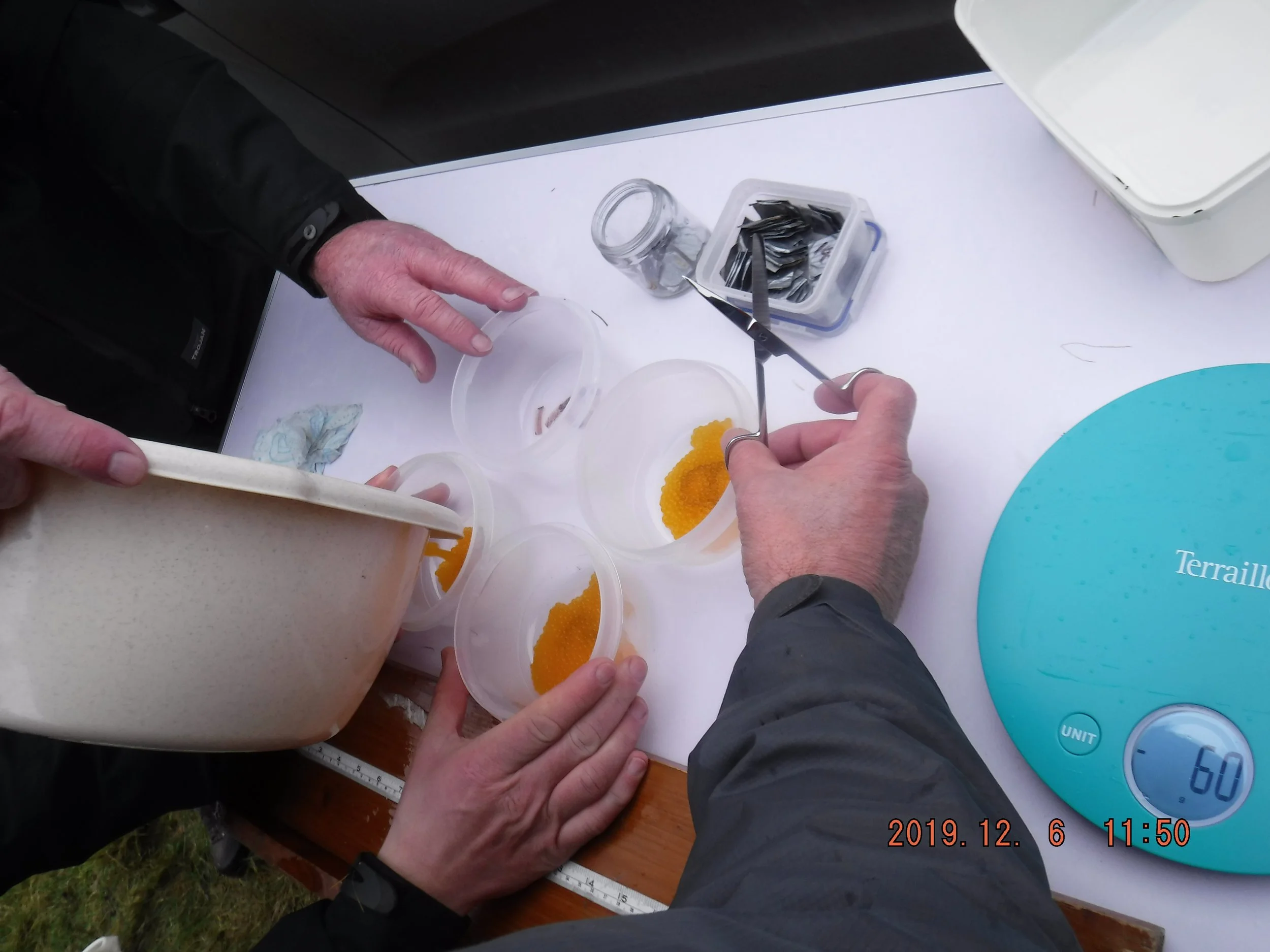
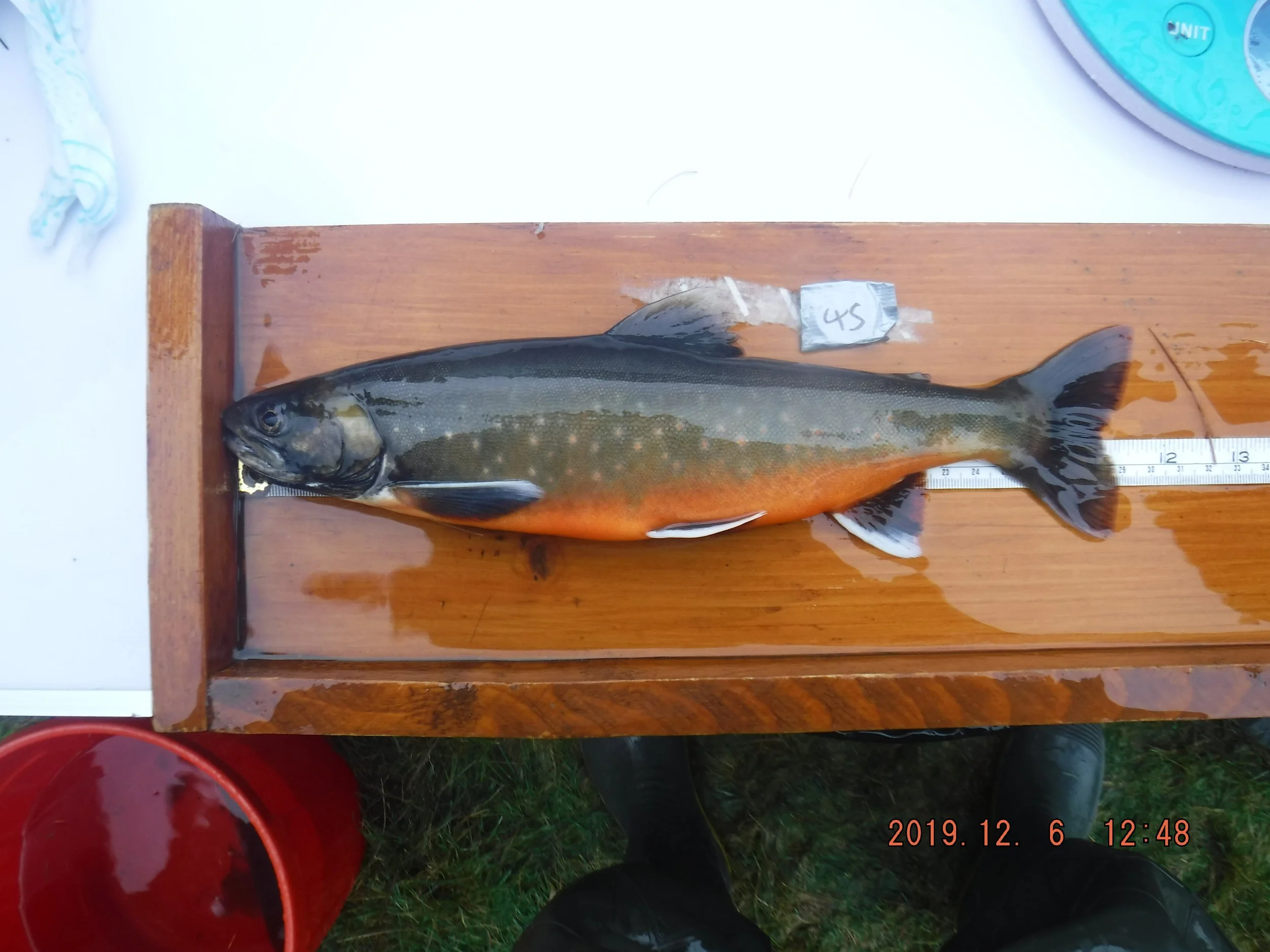
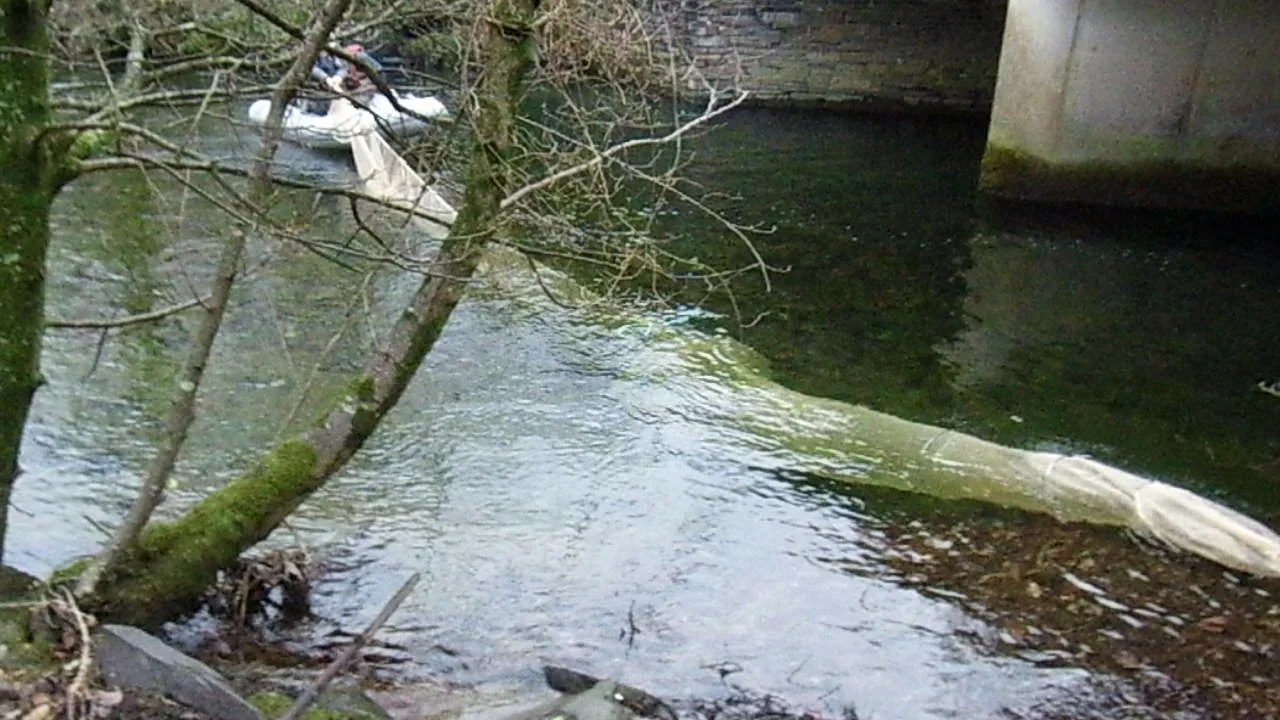
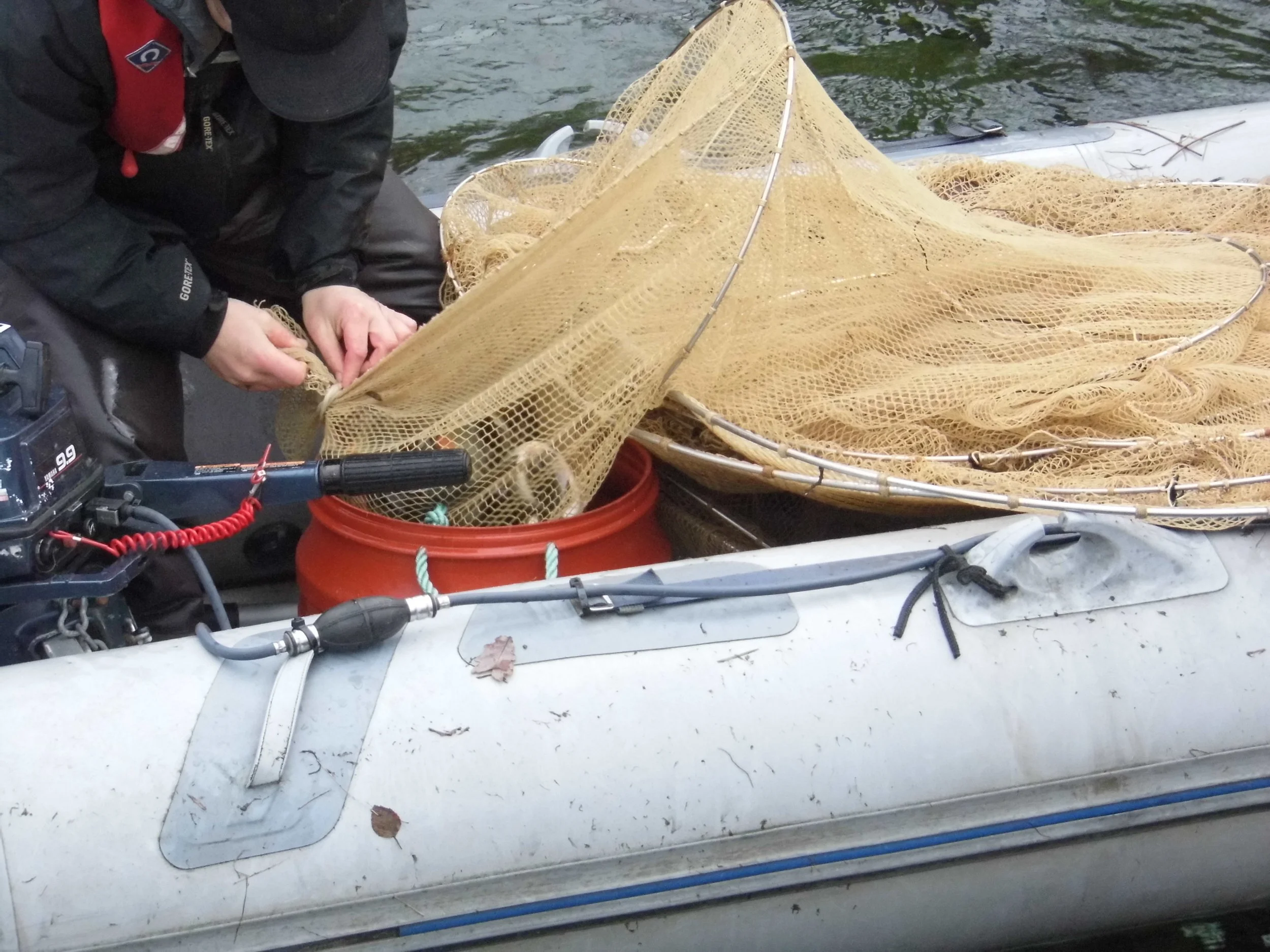
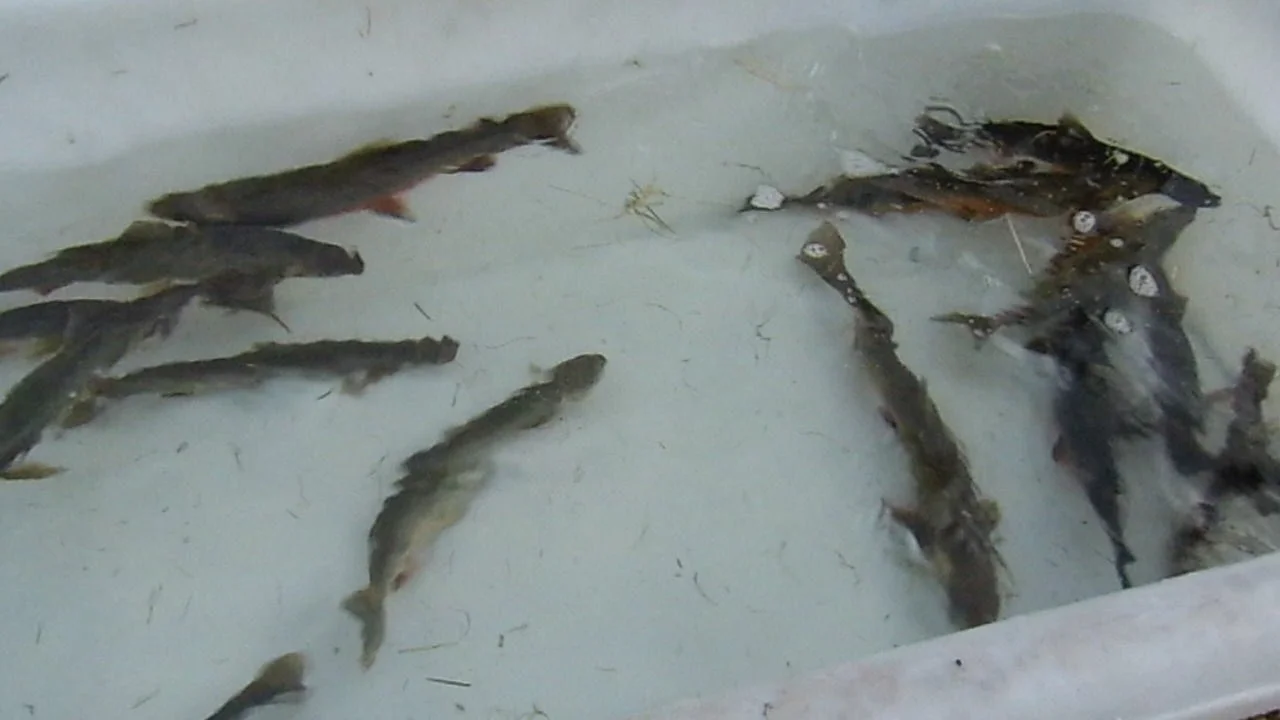
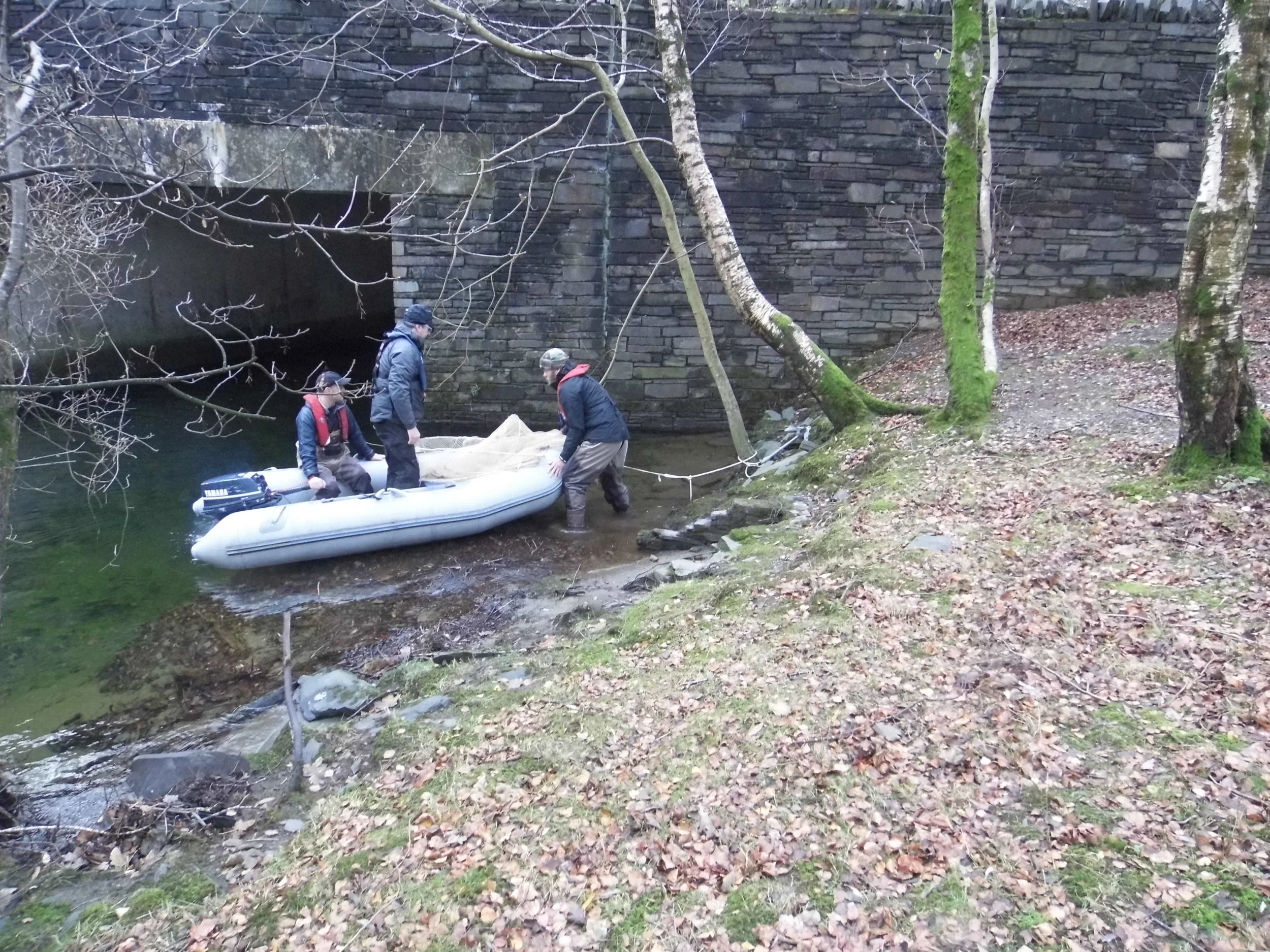
A conservation plan to save the Welsh Torgogh from extinction
Urgent conservation action is required to prevent the natural populations of Torgogh from going extinct. The Arctic charr is under threat in our lakes in Wales and has disappeared from a number of UK waters. It is clear that active conservation measures are necessary now if vulnerable stocks are to be saved. The main future options for fish conservation in the British Isles are habitat management and restoration, stock transfer to new sites, and captive breeding. The first two of these are the most useful for the long-term conservation of threatened species. Improved legislation would also help, especially in relation to preventing the import and transfer of potentially harmful species.
The NWRT ‘Saving Arctic Charr project’ has initiated a programme to increase Arctic charr survival by looking to designate a sanctuary for this iconic fish. We hope to continue to work on our Arctic charr citizen science projects previously led by NWRT to engage the public with this native freshwater fish and raise awareness through our school hatchery programme. We want to reduce nutrient inputs to Arctic charr lakes to prevent deoxygenation of the deep-water thermal refugia habitat upon which they depend. We aim to work with landowners, farmers, and organisations to educate and assist with riparian habitat restoration and better land management resulting in less agricultural run-off and poorly treated municipal waste entering the lake. We would like to educate the public through the creation of lakeside walks, spot the spawning citizen science projects and informative boards to help them understand the historical significance of this fish. We are currently looking to secure funding for this project. Get in touch if you think this is something you can support.
Previous Work
Chairman Robin Parry has long been campaigning for better water quality and monitoring the decline in Arctic Char populations locally..
Robin led the fish hatchery education programme.
Natural Resource Wales Monitoring.
The combination of eutrophication, spawning habitat disturbance, and other pressures caused the Arctic charr population to decline dramatically at Llyn Padarn. Have a look at some of our work by Natural Resources Wales to help the declining numbers of the Arctic Charr in Llyn Padarn by Natural Resources Wales. They worked hard to boost charr numbers and to improve water quality in the lake - the first designated freshwater bathing lake in Wales.
Dr Antony Smith- Arctic Char Specialist
“Our greatest hope is to increase our knowledge of native Arctic Charr populations, and create a designated protected Arctic Charr sanctuary in Snowdonia .”
References & Further reading
Maitland, P.S. et al. (2007) ‘The status of Arctic charr Salvelinus alpinus in Britain and Ireland’, Ecology of Freshwater Fish, 16(1), pp. 6–19.
Smith, A.M.J. (2022) The popultion dynamics and conservation of Arctic charr, Salvelinus alpinus; lessons from Llyn Padarn, North Wales. Bangor Univeristy, PhD thesis.
Winfield, I.J. et al. (2010) ‘Population trends of Arctic charr (Salvelinus alpinus) in the UK: Assessing the evidence for a widespread decline in response to climate change’, Hydrobiologia, 650(1), pp. 55–65.

